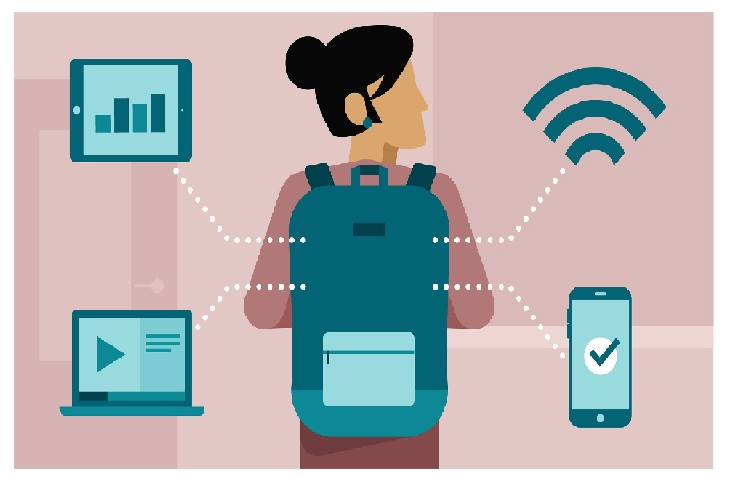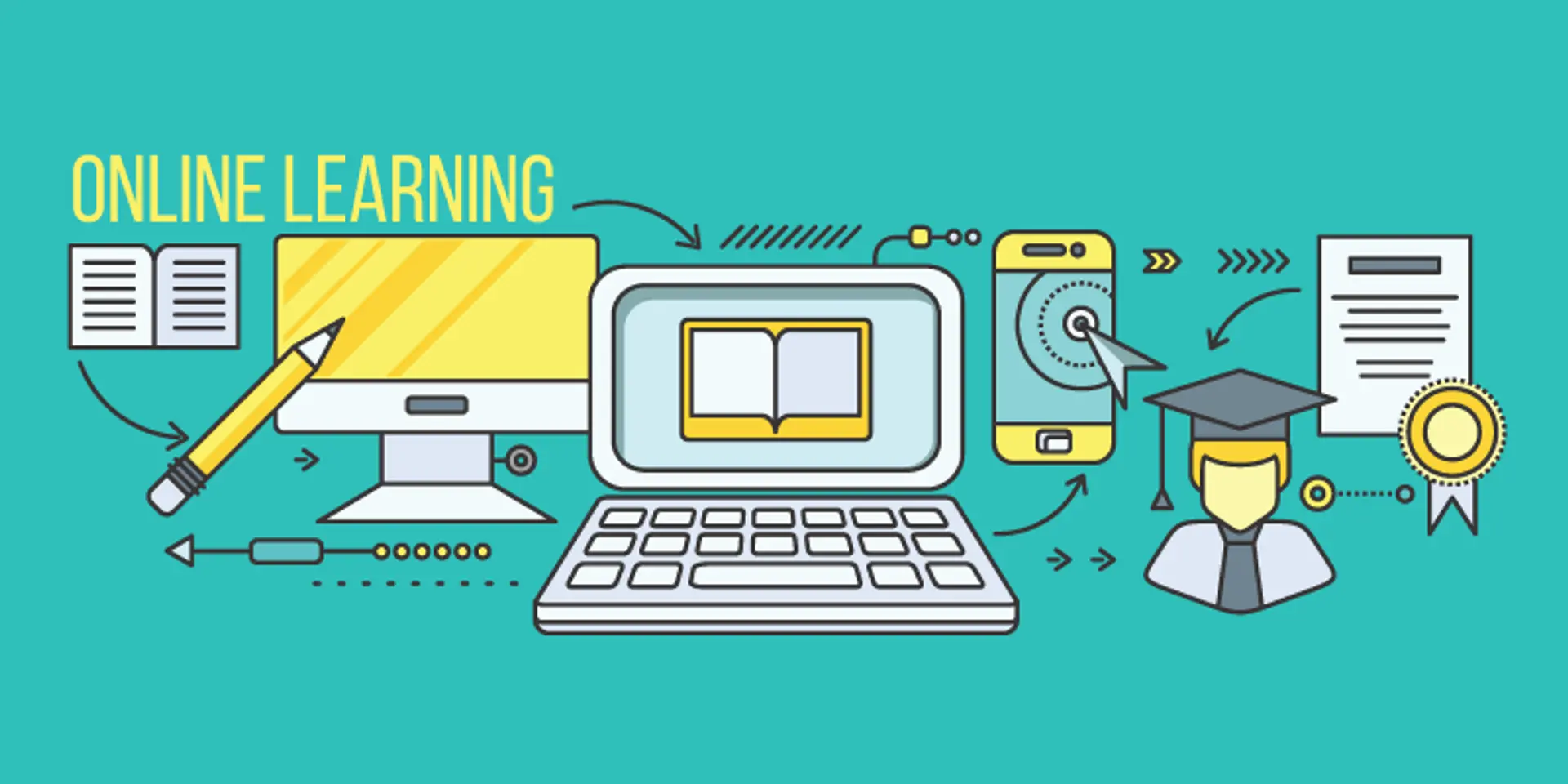Technical world has grown way taller & is affecting different sectors and professional fields. AI (Artificial Intelligence) is developed to the heights where it can takeover the fields. Likewise it has affected the education industry in several ways. Digital teaching tools are taking the learning to next level. Digital learning methodologies becoming essential in day to day learnings from virtual classrooms to interactive learning platforms, technology has opened up endless possibilities for both educators and students. The shift from traditional teaching methods to digital approaches is not just a trend but a transformation that's here to say.
This blog explores the evolving role of digital teaching methods and tools, highlighting how they're enhancing educational experiences, overcoming challenges, and reshaping the future of learning.
The Shift Towards Digital Learning:
With the rise of technology education has taken a shift towards the digital learning. With the onset online learning platforms and increasing use of digital tools in the traditional classrooms, teaching has become more interactive and flexible. Digital learning provides several key benefits that traditional methods cannot offer. It allows students to learn at their own pace and ensures that they can revisit the material, explore more into the topics and access a wide range of resources. Additionally these platform offers a level of accessibility that enables students to learn form anywhere, breaking down the barriers.
Some Digital Methodologies:
Blended Learning : This approach is combination of traditional in person instructions with online learning. Student might attend classes physically a few days a week while completing the assignments, or participating in discussions online. This method gives students more flexibility.
Collaborative Learning : Digital platform provides students the opportunities to collaborate on the projects, share resources, and communicate with peers in real time. Tools like Google Workspace, Microsoft teams, and Slack Foster teamwork helping students in skill development.
Personalized Learning : One of the greatest advantages of digital teaching tools is the ability to fulfil individuals' learning needs.
Video Conferencing Tools : With the rise of digital learning platforms like zoom, google meet has become essential in virtual face to face interactions. These tools help maintain the interaction between distant students and teachers.
Interactive White Boards : Digital white boards are interactive and provides animations and tutorials which enhance the digital learning process and is being used all over the world nowadays to enhance and maintain the effective learning.
Assessment Tools : Platforms like Google Classrooms gives access to digital assignments which makes it easier to assign the quiz or assignment to students and they can submit it over there can save lot of time.
Benefits Of Digital Learning :
Flexibility : Students can learn at their own pace and access resources whenever they need them. This flexibility is especially beneficial for learners with different schedules, such as working adults or students in remote areas.
Instant Feedback : Digital tools enable educators to assess students' progress in real-time, providing immediate feedback and opportunities for improvement. This helps reinforce learning and helps educators adjust instruction as needed.
Collaboration : Online platforms allow students to collaborate seamlessly with peers from different geographical locations. Virtual group projects, discussions, and forums help build a sense of community, even in online settings.
Challenges of Digital Teaching :
Over-reliance on Technology : While technology offers numerous benefits, it’s important not to become too reliant on it. A balance between digital and traditional teaching methods can help avoid digital burnout and ensure a holistic learning experience.
Maintaining Engagement : While digital tools can be engaging, it can be difficult to keep students focused in an online environment. Teachers must be creative in designing interactive lessons that capture and hold students' attention.
Digital Literacy : Teachers and students need a certain level of digital literacy to use these tools effectively. This may require additional training and ongoing support, especially for those who are new to technology.
Digital teaching tools and methodologies have the power to transform how we approach education. By embracing technology, educators can create more engaging, personalized, and flexible learning experiences for students. While there are challenges to overcome, the potential for innovation in education is vast. By adopting the right tools, techniques, and best practices, teachers can foster a more dynamic, collaborative, and effective learning environment for today’s tech-savvy students.
Digital Literacy : Teachers and students need a certain level of digital literacy to use these tools effectively. This may require additional training and ongoing support, especially for those who are new to technology.
Digital teaching tools and methodologies have the power to transform how we approach education. By embracing technology, educators can create more engaging, personalized, and flexible learning experiences for students. While there are challenges to overcome, the potential for innovation in education is vast. By adopting the right tools, techniques, and best practices, teachers can foster a more dynamic, collaborative, and effective learning environment for today’s tech-savvy students.






Comments